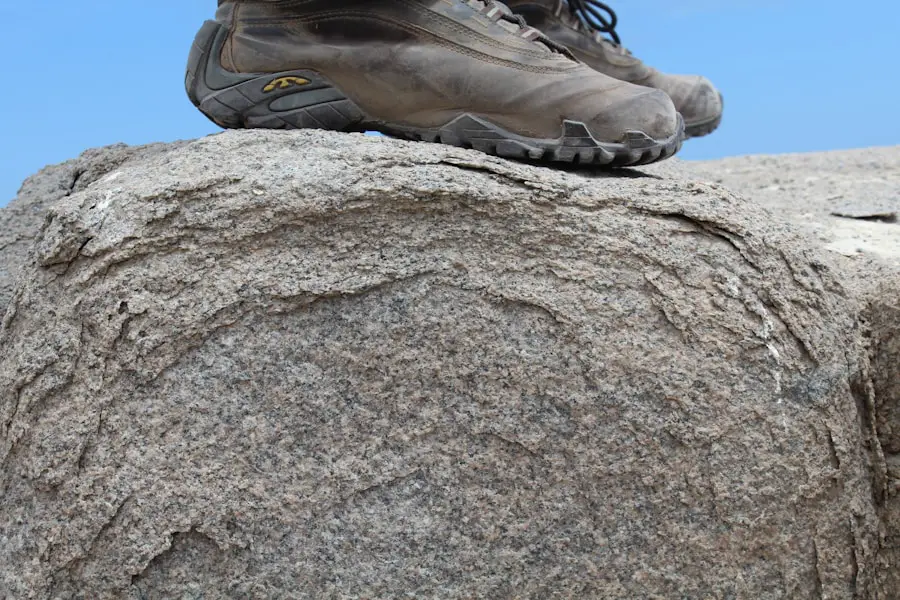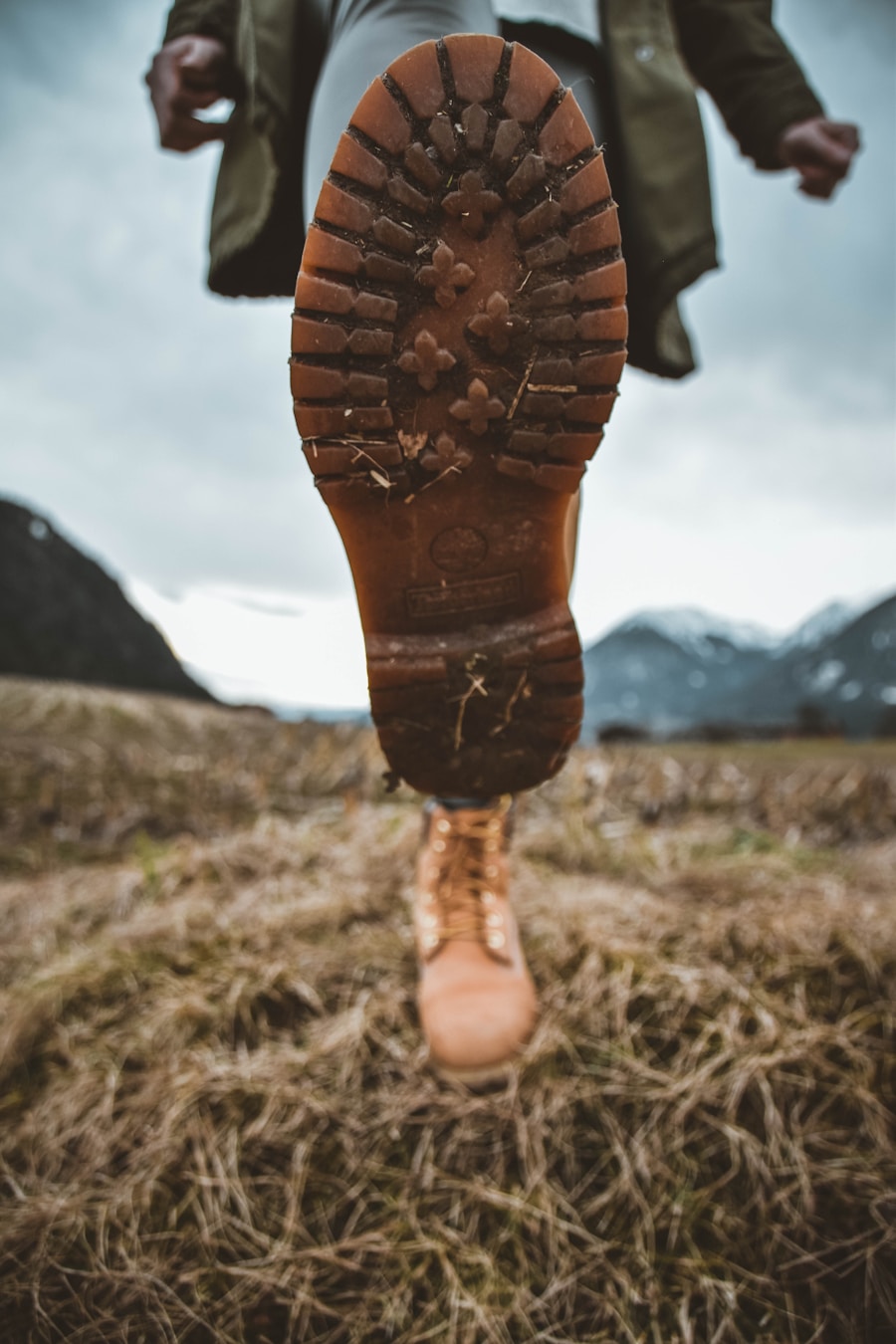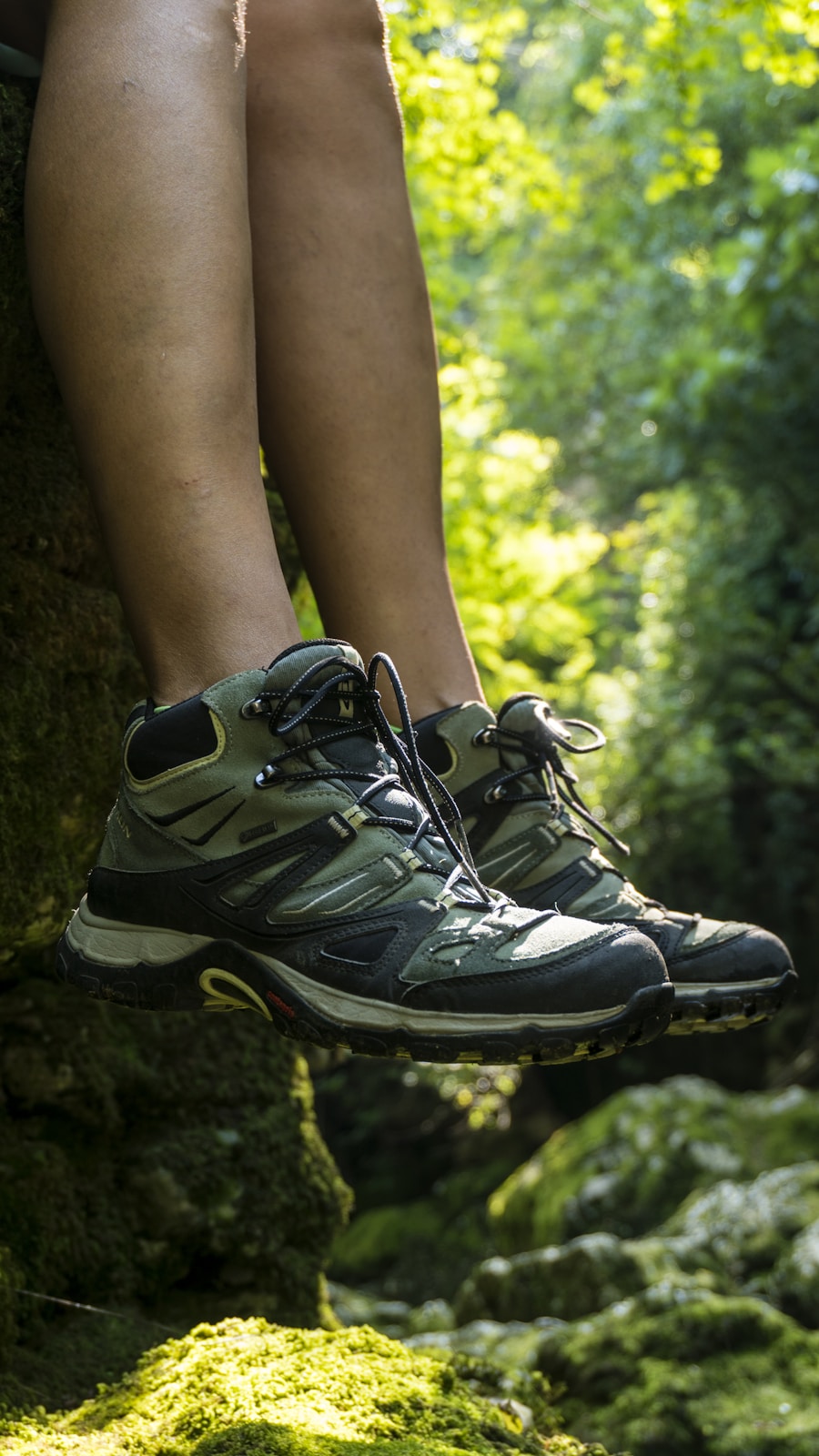When embarking on a hiking adventure, the first step is to assess your specific needs and preferences. Different types of hikes require different gear, and understanding your hiking style is crucial in selecting the right footwear. For instance, if you are planning a leisurely day hike on well-maintained trails, you may not need the same level of support and durability as someone tackling rugged mountain terrain or multi-day backpacking trips.
Consider the length of your hikes, the terrain you will encounter, and the weather conditions you might face. Each of these factors will influence the type of hiking shoes or boots that will best serve you. Additionally, think about your personal comfort and any specific requirements you may have.
Do you have a history of foot problems, such as plantar fasciitis or bunions? If so, you might need shoes with extra cushioning or a wider toe box. Are you an avid hiker who frequently tackles challenging trails, or are you just starting out?
Your experience level can also dictate the type of footwear that will be most beneficial. By taking the time to evaluate your hiking needs, you can make a more informed decision when selecting the right footwear for your adventures.
Key Takeaways
- Consider the type of hiking you will be doing and the terrain you will encounter when understanding your hiking needs
- Choose materials that are durable and can withstand the conditions you will be hiking in
- Look for hiking boots that provide good support and stability to prevent injuries on uneven terrain
- Waterproofing is important for hiking in wet conditions, while breathability helps keep your feet dry and comfortable
- Traction and grip are essential for hiking on slippery or rocky surfaces, so look for boots with a good outsole design
Materials and Durability
The materials used in hiking footwear play a significant role in their overall durability and performance. Common materials include leather, synthetic fabrics, and rubber, each offering distinct advantages and disadvantages. Leather is often favored for its durability and water resistance, making it an excellent choice for rugged terrains.
However, it can be heavier and less breathable than synthetic options. On the other hand, synthetic materials like nylon and polyester are lightweight and often more breathable, which can enhance comfort during warmer hikes. They may not provide the same level of durability as leather but can still be quite resilient when constructed properly.
In addition to the outer materials, the quality of construction is paramount. Look for reinforced stitching and high-quality seams that can withstand the rigors of hiking. The sole of the shoe is another critical component; it should be made from durable rubber that can endure rough surfaces without wearing down quickly.
Brands often use proprietary technologies to enhance durability, such as Gore-Tex linings for waterproofing or Vibram outsoles for superior traction. Understanding these materials and their properties will help you choose footwear that not only meets your immediate needs but also stands the test of time.
Support and Stability

Support and stability are essential features to consider when selecting hiking footwear, especially if you plan to traverse uneven or rocky terrain. A well-structured shoe or boot should provide adequate arch support to help distribute weight evenly across your foot, reducing fatigue during long hikes. Many hiking shoes come with built-in arch support systems or removable insoles that allow for customization based on individual foot shape and comfort preferences.
Stability is equally important, particularly for those who hike on challenging trails where ankle twists and sprains are common. High-top boots offer additional ankle support, which can be beneficial for hikers carrying heavy packs or navigating steep inclines. Conversely, low-cut shoes may provide more freedom of movement and are often lighter, making them suitable for less demanding hikes.
Ultimately, the choice between high-top and low-cut footwear should be guided by the specific conditions you expect to encounter on your hikes.
Waterproofing and Breathability
| Brand | Waterproofing (mm) | Breathability (g/m2/24h) |
|---|---|---|
| The North Face | 20,000 | 15,000 |
| Columbia | 10,000 | 10,000 |
| Patagonia | 25,000 | 20,000 |
The ability of hiking footwear to repel water while allowing moisture to escape is a critical factor in maintaining comfort during outdoor activities. Waterproofing technologies vary widely among brands, with some utilizing membranes like Gore-Tex or proprietary waterproof liners that keep feet dry in wet conditions. These materials create a barrier against water while still allowing sweat and moisture from within the shoe to escape, preventing a clammy feeling that can lead to blisters.
However, breathability is just as important as waterproofing, especially in warmer climates or during strenuous hikes where perspiration levels rise significantly. Shoes that are too insulated or lack proper ventilation can lead to overheating and discomfort. Many modern hiking shoes strike a balance between waterproofing and breathability by incorporating mesh panels or using lightweight materials that allow for airflow without compromising water resistance.
When selecting footwear, consider the climate and conditions you will be hiking in to ensure you choose a pair that offers the right combination of these features.
Traction and Grip
Traction is a vital aspect of hiking footwear that directly impacts safety and performance on various terrains. The outsole of a shoe plays a crucial role in providing grip; it should feature a tread pattern designed to enhance traction on both wet and dry surfaces. Many brands utilize specialized rubber compounds that offer superior grip without sacrificing durability.
For instance, Vibram outsoles are renowned for their excellent traction on rocky surfaces, making them a popular choice among serious hikers. In addition to the rubber compound, the design of the lugs—small protrusions on the outsole—can significantly affect grip. Deeper lugs tend to provide better traction on loose or muddy terrain, while shallower lugs may be more suitable for hard-packed trails.
When evaluating traction, consider the types of surfaces you will encounter during your hikes. If you plan to navigate slippery rocks or muddy paths frequently, investing in footwear with aggressive tread patterns will enhance your stability and confidence on the trail.
Weight and Comfort

The weight of hiking footwear can greatly influence your overall hiking experience. Heavier boots may provide more support and protection but can also lead to fatigue over long distances. Conversely, lightweight shoes often allow for greater agility and speed but may sacrifice some level of protection and support.
It’s essential to find a balance that suits your hiking style; if you’re planning long-distance treks, lighter footwear may help reduce fatigue over time. Comfort is subjective but paramount when it comes to choosing hiking shoes or boots. Factors such as cushioning, arch support, and overall fit contribute significantly to how comfortable a shoe feels during extended wear.
Many brands offer models with varying levels of cushioning; some hikers prefer minimal cushioning for a more natural feel on the ground, while others opt for maximum cushioning for added comfort on long hikes. Trying on different styles and walking around in them can help determine which pair feels best for your feet.
Fit and Sizing
Achieving the right fit is perhaps one of the most critical aspects of selecting hiking footwear. Ill-fitting shoes can lead to blisters, calluses, and other foot ailments that can ruin an otherwise enjoyable hike. When trying on shoes, it’s advisable to wear the same type of socks you plan to use while hiking; this ensures a more accurate fit assessment.
Pay attention to areas such as toe box space—your toes should have enough room to wiggle without feeling cramped—and heel fit; there should be minimal slippage at the heel to prevent blisters. Sizing can vary significantly between brands and even between different models within the same brand. It’s not uncommon for hikers to wear different sizes depending on the manufacturer or style of shoe.
Therefore, it’s essential to consult sizing charts provided by brands and read reviews from other hikers regarding fit before making a purchase. Some brands also offer half sizes or wide options for those with broader feet, which can make a significant difference in comfort during long hikes.
Price and Budget
When it comes to purchasing hiking footwear, price is often a significant consideration for many outdoor enthusiasts. While it may be tempting to opt for cheaper options, investing in high-quality footwear can pay off in terms of comfort, durability, and performance on the trail. Generally speaking, higher-priced models tend to incorporate advanced technologies and materials that enhance their functionality—such as better waterproofing systems or superior traction capabilities.
However, it’s essential to establish a budget before shopping to avoid overspending while still ensuring you get a quality product that meets your needs. Consider what features are most important to you based on your hiking style and frequency; this will help prioritize where to allocate your budget effectively. Additionally, keep an eye out for sales or discounts from reputable outdoor retailers; many brands offer seasonal sales that can make high-quality footwear more accessible without compromising on quality.
By carefully considering both your needs and budget constraints, you can find a pair of hiking shoes or boots that will serve you well on countless adventures ahead.
If you’re in the market for hiking boots, you may also want to check out this article on traveler pants to complete your outdoor adventure outfit. Having the right gear is essential for a successful hike, so make sure to also read up on what to look for in hiking boots. And don’t forget to pack one of these portable phone chargers for your next trip to stay connected while exploring nature.
Love travel? Join Our Facebook Community For More Tips.
FAQs
What should I look for in hiking boots?
When looking for hiking boots, consider factors such as the type of terrain you will be hiking on, the level of ankle support you need, the material of the boot, and the fit and comfort.
What type of terrain will I be hiking on?
Consider the type of terrain you will be hiking on, such as rocky, muddy, or snowy trails, and choose a boot with the appropriate traction and support for that terrain.
Do I need ankle support in hiking boots?
The level of ankle support you need depends on the type of hiking you will be doing. For rough and uneven terrain, consider boots with higher ankle support to prevent injuries.
What material should I look for in hiking boots?
Hiking boots are typically made of leather, synthetic materials, or a combination of both. Leather boots are durable and provide good support, while synthetic boots are lighter and dry faster.
How should hiking boots fit?
Hiking boots should fit snugly but not too tight, with enough room for your toes to wiggle. It’s important to try on boots with the socks you will be wearing while hiking to ensure the right fit.
